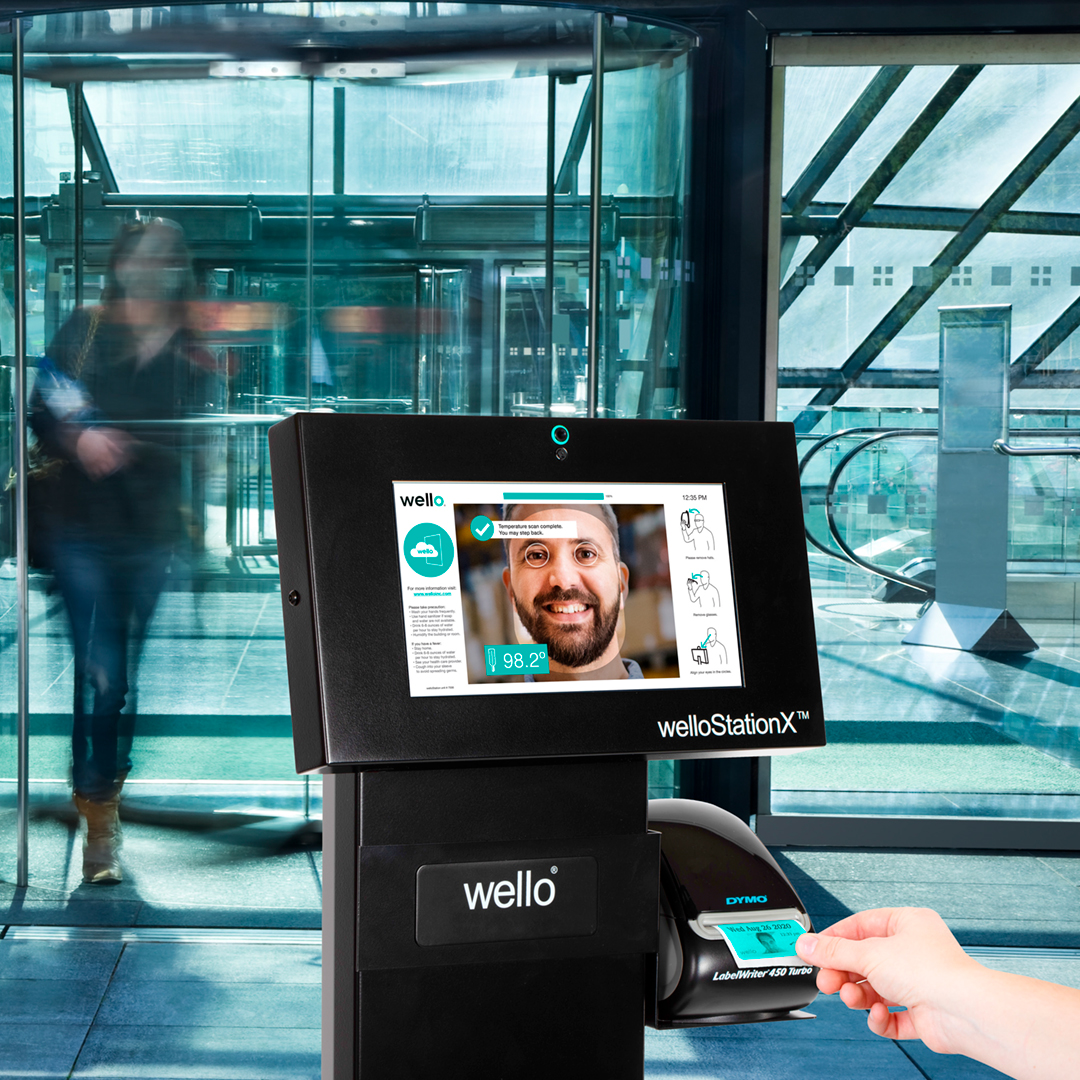The COVID-19 pandemic has forced many professionals to develop new skills and expertise to meet the new demands required of their work functions. For instance, HR, procurement, and EHS professionals have been tasked with ramping up efforts to keep employees safe. They’re implementing infection control procedures, including, in many cases, the selection and onboarding of medical devices and diagnostic products. It’s a weighty task so it’s no surprise that business leaders want to ensure accuracy, reliability, and compliance.
One trend we’ve noticed: in-house “testing” of thermometers. Most non-medically trained professionals would shy away from conducting trials on products like influenza or COVID-19 diagnostic tests, but some have taken on the task of running in-house trials for medical devices like thermometers. While Wello has assisted customers in conducting these “pilots” or “trials,” our standard advice is to avoid them for the following three reasons:
Normal temperature is easy to spoof.
Let’s say you have 10 individuals behind a curtain. Someone says to you, “guess the height of these 10 individuals.” Since you know the average height of humans is 5’7”, you guess 5’7” for everyone. The heights are revealed, and you got one right. The other nine measured at 4’5”, 5’11”, 6’4”, 6’1,” and so on.
Now you have the same 10 individuals behind a curtain. Someone says to you, “guess the temperature for these 10 individuals.” Maybe you guess “98.6” or maybe you’re enlightened, and you know the average temperature of humans is lower, so you guess “97.6”. Either way, you’d likely get 9 out of 10 temperatures accurate within .4 degrees F.
The point is, even though average body temperature varies, it is a much narrower range than guessing something like height or weight. It’s easy to “get right” and feel confident a temperature screening device is working when scanning healthy people. It’s far more difficult to know whether it will work when it matters most—scanning sick people. Even subtle increases in body temperature can indicate illness. Detecting febrile individuals requires minute, fraction-of-a-degree precision, which is what clinical trials are designed to verify.
Sick people are hard (and expensive) to recruit.
The key to conducting a proper thermometer test is to include sick, febrile people. Many may wonder if it’s acceptable to simply hold a hot water bottle to their foreheads, then challenge a thermometer to deliver a higher reading. It’s not that simple. To determine whether a thermometer can detect elevated temperatures in sick people, you’ll need to understand:
a) whether a device knows where to scan. Why? Because body temperature in well people works differently than in sick people. In a febrile state, the body secretes hormones that restrict blood flow to the skin, making the skin feel cold. This is why we shiver when we have a fever. So, if you’re measuring the temperature of a sick person using a contactless thermometer at the hand or wrist, you’ll likely get a false negative.
b) whether the output is accurate enough.
To do this, you need to collect data on a statistically significant number of febrile individuals.
Finding febrile individuals and ethically collecting data is time-consuming and potentially expensive, but it is an absolute MUST for an accurate test.
The stakes are high when testing medical devices.
It’s important we remind those considering a home-baked trial that the FDA classifies clinical electronic thermometers as Class II medical devices. In fact, the FDA requires submission of a 510(k) to clear any company to market their product as a thermometer to be used on humans.
The risk of getting this wrong is high. If your company is invested in a serious infection control program, then your goal is to prevent a day at work from becoming a potential superspreader event. And, if your temperature screening device has not gone through a clinical study, then you cannot be confident you will avoid “false negatives.” False negatives are individuals with even slightly elevated temperatures who are contagious and can slip through your doors undetected.
Learn more about Wello, the only automated, FDA-cleared, no-touch clinical thermometer on the market.


